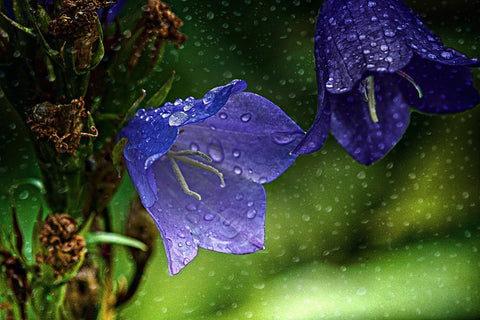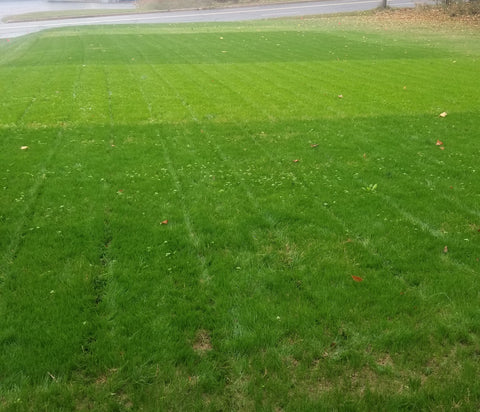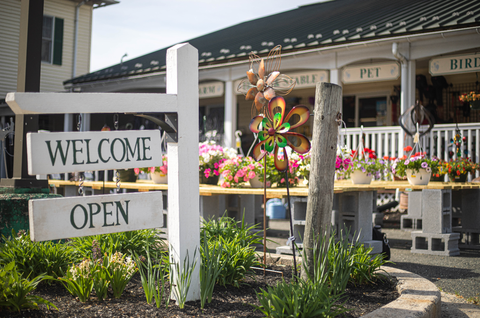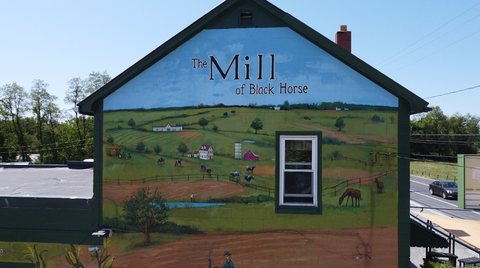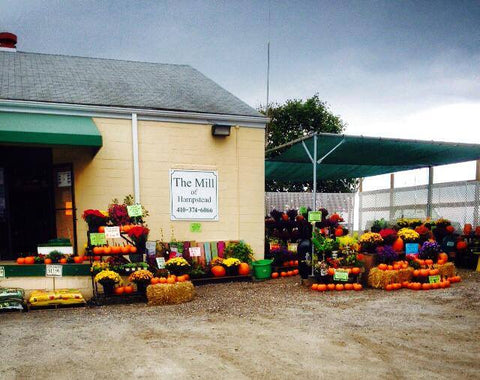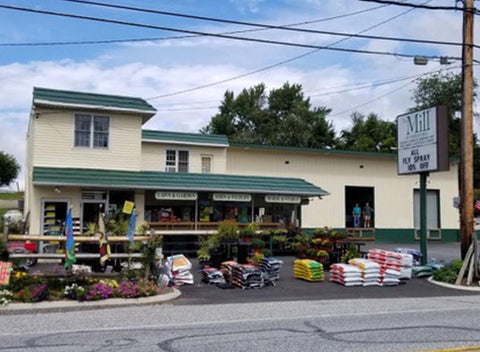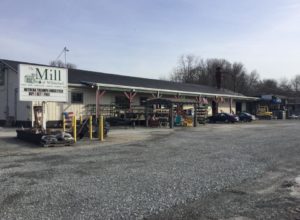Wet weather is forecasted for 2024 and the forecasters have hit the nail on the head. Heavy rain, defined as .30 inches per hour according to NOAA has been frequent so far this spring!
What can you do to keep your gardens healthy?
First, we need to understand how heavy rains affect our gardens. Rain in copious amounts:
- Compacts soils
- Injures plants
- Increases run-off of topsoil
- Leaches nitrogen
- Reduces oxygen in the soil
- Increases the presence of fungi, molds, root rots, blights, cankers, leaf spots
- and other issues that prefer wet environments
What can you do to help limit these issues?
Having raised beds allows you to control the porosity of the soil and drainage in a reduced area. You can add organic fertilizer when needed and increase the tilth of the soil by adding organics. This allows for more oxygen to penetrate the soil, keeping the roots healthy. Raised beds are one way to gain a foothold on excess rainfall. The depth of a raised bed for vegetables should be at least 12-16 inches. This provides enough space for larger plants to develop root systems to support fruit production.
Considerations for other garden areas:
- Increased vegetation decreases splash erosion and compaction, so add more varieties and plants in gardens this year. A diverse selection of plants with varying canopy heights helps with different rain conditions.
- Planting more plants increases roots improving the porosity of soil.
- In times of increased rainfall, limit mulch to one-inch depth and do not push the mulch up against plant stems or trunks. Too much mulch limits the ability of soil to breathe.
- If you know that your area is predicted to get substantial amounts of rain, increase the tilth of soil by adding organic material. In clay soils the larger the organic amendment the better to provide increased water penetration and air space allowing for healthy roots.
- Nitrogen will leach out of soil in heavy rains. This element is vital for plants to conduct photosynthesis. Provide small, frequent feedings of organic nitrogen fertilizer as recommended by the manufacturer to prevent nitrogen deficiencies.
If you have a wet area in your yard that has compaction or poor drainage, here is a list of plants carried at The Mill of Kingstown that grow well in these conditions.
Rudbeckia laciniata, Rudbeckia maxima, and Rudbeckia ‘Henry Eilers’ all

handle moist soil. They grow tall and they can be staked or selectively pruned in mid-June to reduce their ultimate height. All provide composite flowers for pollinators and seeds in fall for songbirds. Commonly known as Coneflowers or Black-eyed Susans, they provide colorful masses in the landscape.
Lobelia cardinalis and Lobelia siphilitica both prefer moist to wet soils. Cardinal flower does best in a sunny location while the Great blue Lobelia does best in shade or part shade.
Iris versicolor or blue flag iris can take standing water in full sun.
Ilex verticillata or Winterberry, a native deciduous holly can be inundated with water for up to 60 days. If planted in wet areas it should be in full sun. It will produce more berries in full sun.
Clethra alternifolia or sweet pepper bush can tolerate moist to wet areas in sun to part shade. The mid-summer white flowers are fragrant and attract pollinators. This shrub grows 6-8 feet tall by 5-6 feet wide.
Chionanthus virginicus or Old Man’s Gray Beard is a small native tree that prefers moist locations in sun to part shade. This plant can grow to 8-10 feet tall by eight feet wide. The frilly white flowers resemble clouds giving the plant its name.
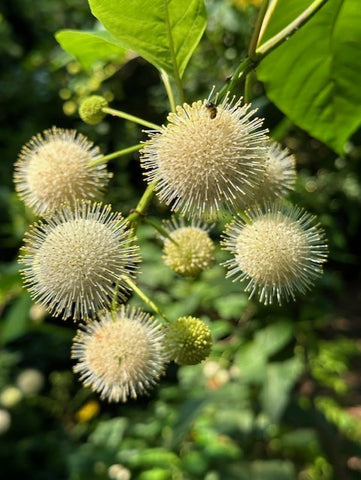
Cephalanthus occidentalis or buttonbush is another great late summer flowering bush for very wet areas. It prefers full to part sun and very moist soils. The orb-like flowers are pollinator magnets and it’s seeds are a favorite of ducks and turkeys.
Larger trees that can tolerate wet areas are Betula nigra or River Birch, Magnolia virginiana or Sweetbay, and Acer rubrum or Red Maple.
A great reference for deciding what plants to incorporate in your wet areas is – Native Plants for Wildlife Habitat and Conservation Landscaping Chesapeake Bay Watershed by The Maryland Department of Natural Resources and published by the US Fish and Wildlife Service.


